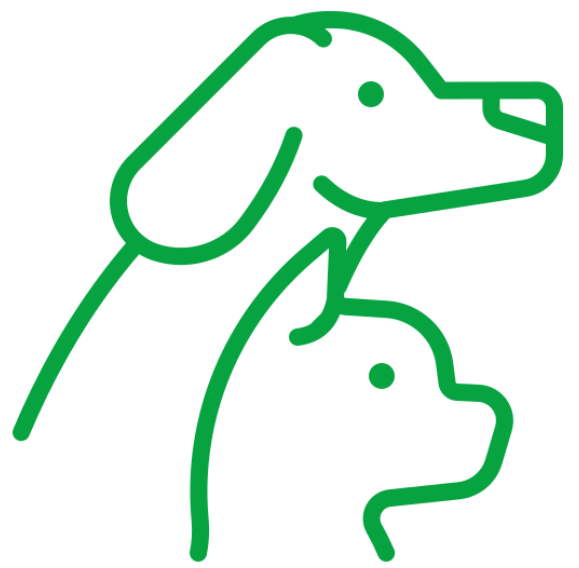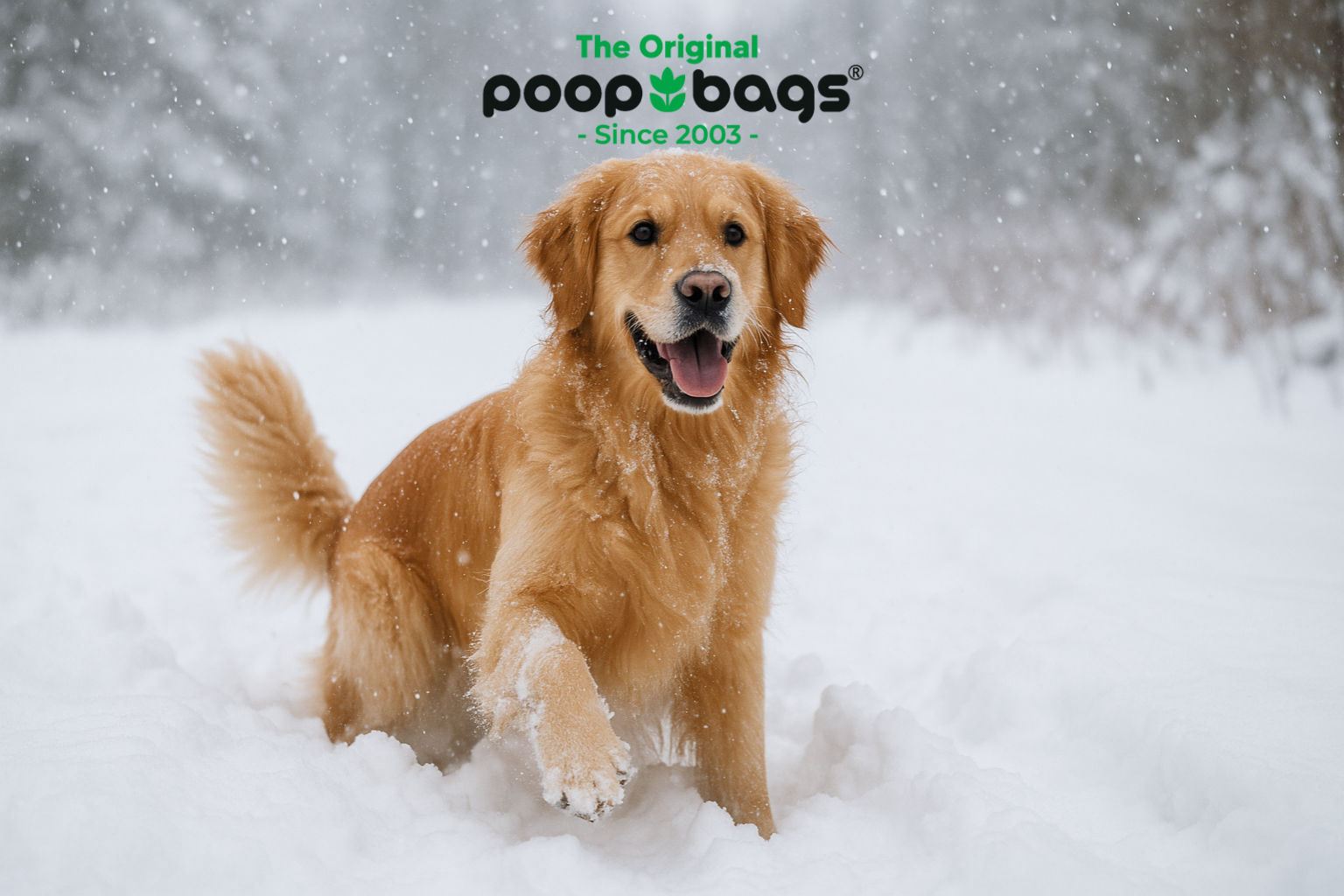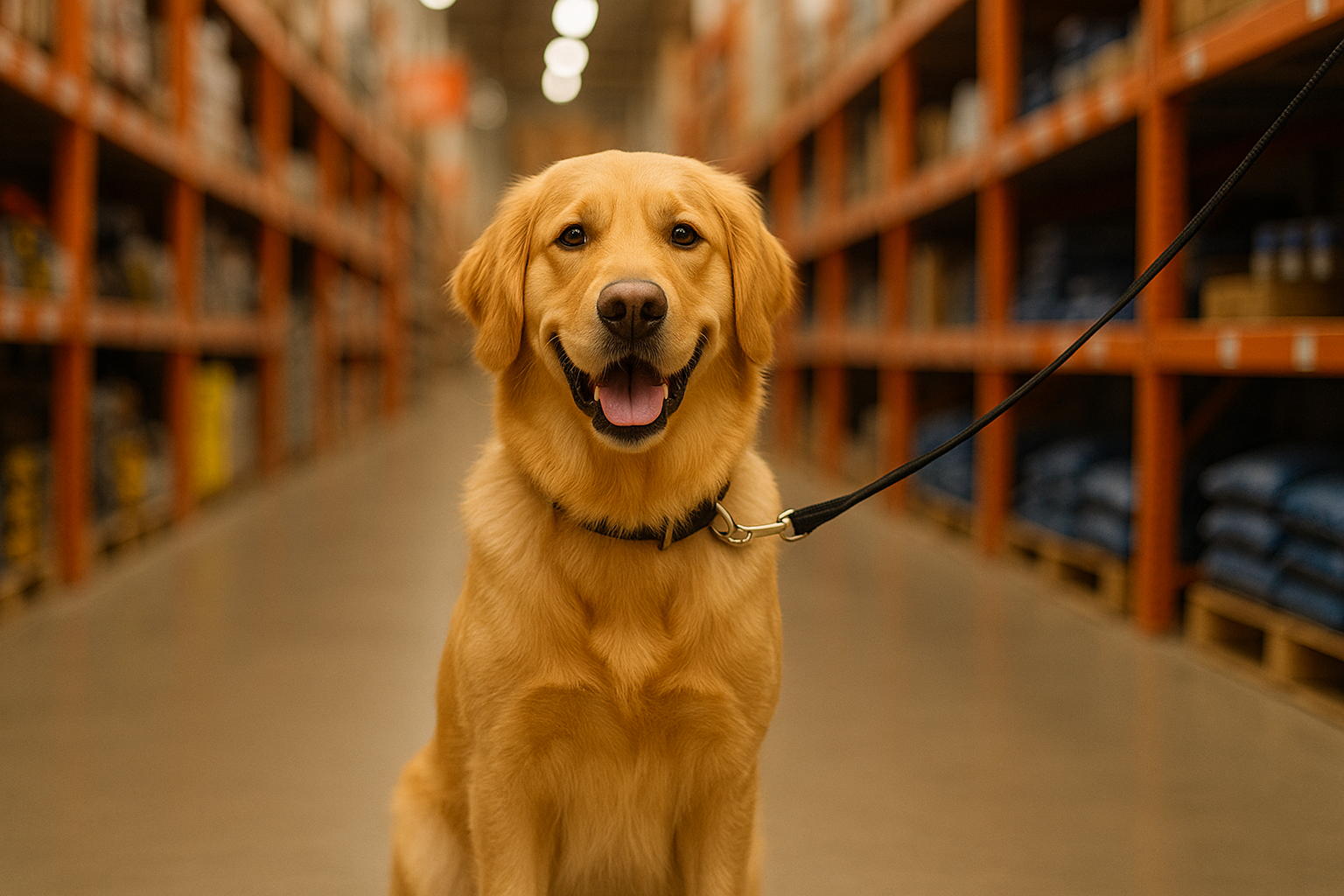If you’re a dog parent, you’ve probably noticed more and more pet food labels boasting “grain-free” or “limited ingredient.” But what do these terms really mean? Are they just trendy buzzwords, or can they actually make a difference for your furry friend? Let’s break it down.
What is a Grain-Free Diet?
A grain-free diet for dogs means the food contains no common grains like wheat, corn, or rice. Instead, it relies on alternative carbohydrates such as:
-
Potatoes
-
Sweet potatoes
-
Peas
-
Lentils
The goal? Some dogs may digest these ingredients more easily, especially if they have food sensitivities or allergies.
Who Might Benefit from Grain-Free?
-
Dogs with digestive issues like gas, bloating, or diarrhea
-
Dogs with skin irritations caused by allergies
-
Picky eaters who prefer varied ingredients
Important: Grain-free diets are not automatically healthier for all dogs. For many pups, grains are perfectly safe and provide essential nutrients and fiber.
What are Limited Ingredient Diets (LID)?
Limited ingredient diets simplify a dog’s meals by using fewer ingredients, usually 10 or less. This makes it easier to pinpoint food sensitivities or allergies.
Example of a Limited Ingredient Dog Meal:
-
Protein: Turkey
-
Carbohydrate: Sweet potato
-
Added nutrients: Omega-3 from fish oil, vitamins & minerals
LID foods are particularly helpful for:
-
Dogs with known allergies
-
Dogs who react to multiple ingredients
-
Pet parents trying elimination diets
Grain-Free vs. Limited Ingredient: What’s the Difference?
| Feature | Grain-Free | Limited Ingredient |
|---|---|---|
| Focus | Eliminates grains | Reduces overall ingredients |
| Best for | Digestive sensitivity | Allergies & intolerances |
| Common carbs | Potatoes, lentils | Sweet potato, rice, pumpkin |
| Protein options | Chicken, beef, fish | Usually single-source protein |
Sometimes, dog foods combine both approaches: a grain-free limited ingredient diet, ideal for sensitive pups.
Things to Keep in Mind
-
Consult Your Vet: Always check with your veterinarian before switching diets, especially for dogs with health conditions.
-
Watch for Allergies: Even grain-free foods can contain allergens like peas or potatoes.
-
Avoid Marketing Hype: “Grain-free” doesn’t automatically mean “better.” Each dog’s needs are unique.
-
Balance Matters: Ensure your dog’s diet includes protein, fats, fiber, vitamins, and minerals.
Popular Grain-Free & Limited Ingredient Options
Many reputable brands offer high-quality grain-free and LID foods. Look for:
-
Real protein sources listed first (chicken, turkey, fish)
-
No fillers or artificial ingredients
-
Nutrient-rich carbs like sweet potatoes, peas, or lentils
Tip: If your dog struggles with food sensitivities, try an elimination diet using a limited ingredient formula to find the culprit ingredient.
Final Thoughts
Grain-free and limited ingredient diets are more than just a fad—they can help dogs with allergies, digestive issues, and picky appetites. But there’s no one-size-fits-all solution. Understanding your dog’s unique needs, consulting with your vet, and reading labels carefully will help ensure your pup stays happy, healthy, and thriving.










